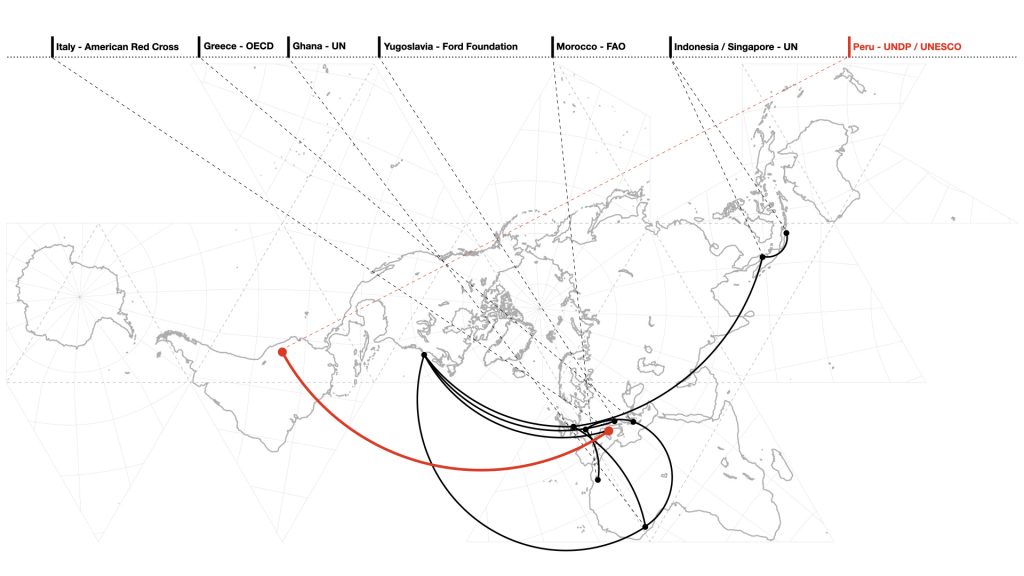Experts, Exports, and the Global Entanglements of Postwar Planning

Anna Paola Pola (Tongji University, Shanghai – China) Global Experts for Historic Towns. The Italian Contribution to UNESCO and UNDP in Latin America
In May 1976, the Italian delegation to Habitat, the first United Nations Conference on Human Settlements, delivered its Report. The document included a monographic study of Leonardo Benevolo regarding a specific aspect that, for the Ministries in charge of the dossier, mostly deserved international attention: the Italian methodological approach to safeguarding historical cities and landscape. In a few decades, after the end of WWII, the development process profoundly altered Italian historic settlement pattern, affecting the very foundation of the country’s social structure. The world closely examined this transformation and the country’s response, consisting of an urban planning procedure of analysis and intervention aiming to protect and use historic cities. In just a few years, the Italian urban renewal approach for historic cities would become standard practice almost everywhere in Europe. Shortly afterwards, it trespassed the borders of Europe itself, being adopted by international institutions and recognised as one of the last century’s most significant Italian contributions to international research in the field of architecture and the city.
Leonardo Benevolo was the leading spokesperson of this approach for the international audience. In 1975, while preparing the Urban Planning Report of Venice, commissioned by UNESCO after the 1966 flood, Benevolo was also assigned a UNESCO mission to Cusco. The Italian architect was required to assess the state of conservation of the ancient capital of the Inca Empire after an earthquake had affected Peru in 1974, a task he shared with one of his colleagues in the Venice Report, Giorgio Lombardi. After the mission in Cusco, a series of Training Courses on the Conservation of Historic Centres, organised by the UNDP office in Lima, followed. For three years, Giorgio Lombardi instructed more than 100 professionals and urban planners working in Latin America municipalities. In a short time, the Italian experience on urban restoration spread throughout the region, and Lombardi became Benevolo’s operative arm in Latin America, where he also drafted preservation plans for the historic centres of Cartagena, San Salvador, Santo Domingo and Quito. Throughout his career, Lombardi continued to act as a UNESCO consultant, being involved in World Heritage assessments and conceptual reflections (the 2011 Historic Urban Landscape Recommendation), further integrating the Italian approach to urban preservation into the procedures of international agencies.

